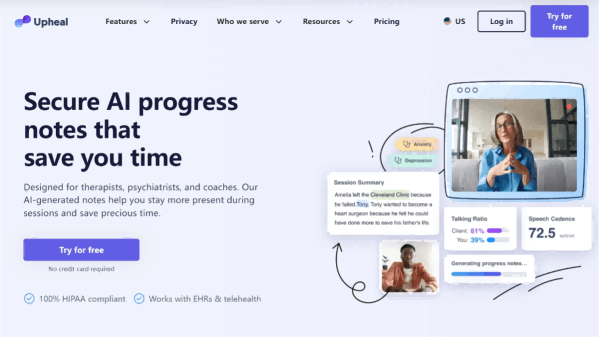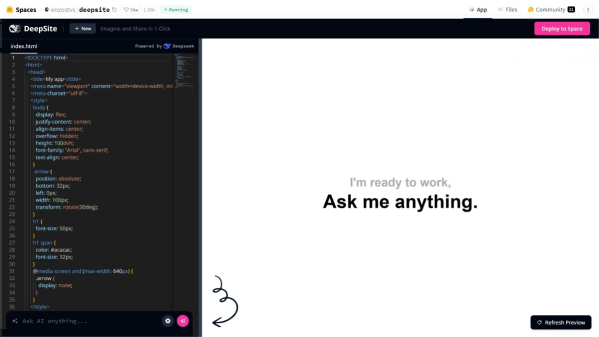UQLM: The Secret Weapon for Making Large Language Models More Trustworthy
What is UQLM?
UQLM (Uncertainty Quantification for Language Models) is an open-source Python library developed by CVS Health. It is designed to detect hallucinations in large language model (LLM) outputs using uncertainty quantification techniques. UQLM provides developers and researchers with a suite of advanced scorers to assess the reliability of LLM outputs, helping to identify and reduce the spread of misinformation.

Key Features
-
Multiple Scorer Types:
Includes black-box scorers, white-box scorers, LLM-as-a-judge scorers, and ensemble scorers to meet different evaluation needs. -
Response-Level Confidence Scoring:
Each scorer returns a confidence score between 0 and 1, indicating the likelihood that the model’s output is trustworthy. -
Compatibility with Various LLMs:
Designed to work with any large language model, offering great flexibility. -
Out-of-the-Box Usability:
Easy-to-use interfaces allow for quick integration into existing workflows.
Technical Principles
-
Black-box Scorers:
Assess the consistency of multiple generated responses to estimate uncertainty—without needing internal access to the model. -
White-box Scorers:
Use token-level probability data from the model to quickly evaluate uncertainty, suitable for models that expose token probabilities. -
LLM-as-a-Judge Scorers:
Employ one or more LLMs to review and critique the original model’s output, offering highly customizable evaluation methods. -
Ensemble Scorers:
Combine results from multiple scorers to deliver robust confidence estimates, ideal for high-stakes applications.
Project Links
-
GitHub Repository: https://github.com/cvs-health/uqlm
-
Official Documentation: https://cvs-health.github.io/uqlm/latest/index.html
Use Cases
-
Healthcare:
Ensure the accuracy of AI-generated medical advice and reduce the risk of misinformation. -
Legal Document Drafting:
Evaluate the reliability of legal text outputs and assist legal professionals in review processes. -
Educational Content Creation:
Detect potential inaccuracies in educational materials to enhance the quality of learning resources. -
Customer Service Automation:
Validate the correctness of automated replies to improve customer satisfaction.
Related Posts




